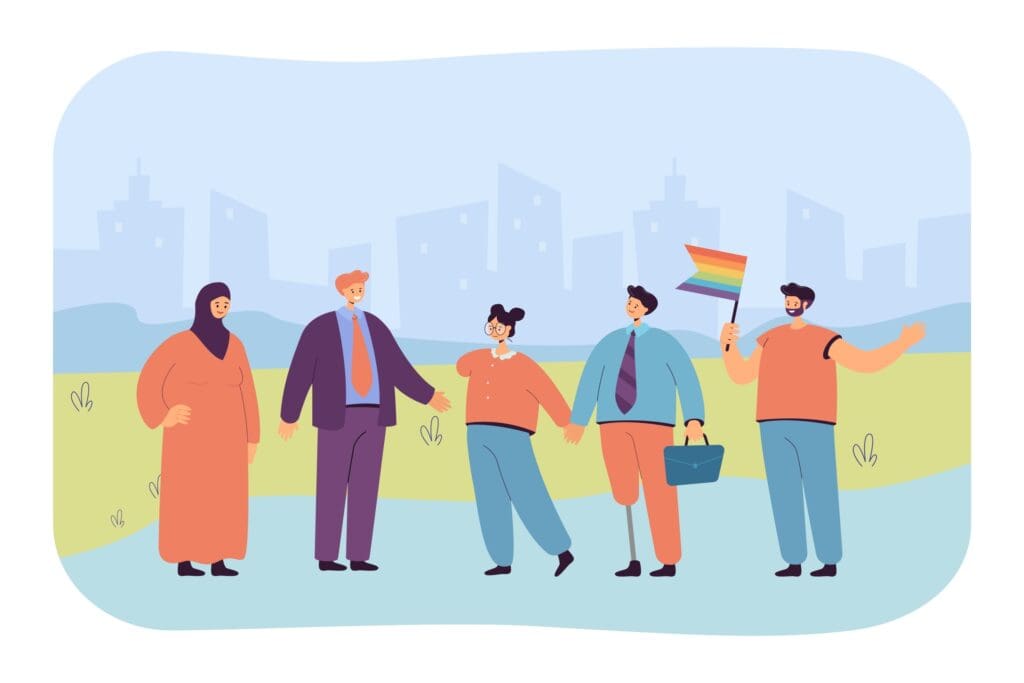Women make great leaders, but inequity is making it harder for them to progress. Here’s how organizations can act.
By Zee Johnson
New research shows that the needle hasn’t moved that much when it comes to female representation in leadership roles. The Women in the Workplace Study found that for every 100 men who are promoted from an entry-level position to management, only 87 women are promoted. And for women of color, that number drops to 82.
Elizabeth Weingarten, head of behavioral science insights at Torch, says recent evidence suggests that how people view women as leaders may be worsening, attributing these thoughts to unconscious bias.
“A common misconception that is often held subconsciously is that underrepresented women don’t have what it takes to be leaders. That’s because many people still have biased ideas of who looks and sounds like a leader (generally, our image of a leader tends to be a white, cisgender male),” she says.
The study also revealed that 80% of respondents felt that managers should be doing more to support their female employees. Yet less than 50% of manager training gives leaders the tools to tackle things like morale and fair promotional practices.
For women who want to be considered for high-level roles, coaches or mentors can light the way, helping them strengthen their leadership capabilities. “Leadership is not an innate ability, but a set of skills that anyone can learn with the guidance of trusted advisors, coaches or mentors. There is no one way to lead or be a leader.”
She also encourages organizations to revisit their policies and procedures and lists some ways for leaders to ensure they account for underrepresented women.
- Decision-makers should be representative. If there is decision being made about a policy or practice that impacts employees, make sure that the people involved in making that decision include folks from underrepresented communities, even if they don’t have formal leadership titles.
- Consider how decisions will impact the underrepresented. If an organization has a framework it uses to make decisions—perhaps a set of questions to evaluate risk assessment or opportunity—a question about how this policy or procedure might impact underrepresented women differently should be added.
All hands must be on deck to initiate change, and since men make up the largest percentage of leaders in the workplace, their efforts are needed, too. “Today, people in power in most workplaces still tend to be predominantly male – making their role in this work essential,” she says. “All people are essential stakeholders in workplace equity work, but the greatest responsibility falls on those with the power and influence to make changes not only to their behavior as individuals, but to the systems, practices and policies that can have an even greater impact on workplace equity.”
Being or becoming equitable is a continual task that Weingarten says will always require some tweaking. “Inclusion is not a binary state – a switch that is turned on or off, something that “is” or “isn’t”, but rather a continuum. Creating an inclusive workplace is a journey that’s never “finished” – there are always ways for policies and practices to improve as we all continuously learn from each other,” she says.
Any company that engages in dialogue with the people who are impacted by their organization’s practices and policies, particularly underrepresented groups, and ensures there is a measurement system to scope if these policies are performing well, will see more women achieving their career goals.














